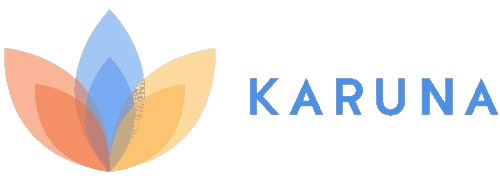10 Ways to Treat Chronic Pain Without Opioids
Chronic pain affects millions of people worldwide and can severely impact quality of life. Traditionally, opioids have been prescribed to manage pain, but these medications come with risks, including dependency and addiction. In light of these concerns, many healthcare providers and patients are seeking alternative ways to manage chronic pain. Here are 10 approaches that don't rely on opioids.
1. Physical Therapy
Physical therapists are experts in movement and function. Through personalized exercise programs and manual techniques, they can increase strength, improve flexibility, and reduce pain. Physical therapy can be especially beneficial for musculoskeletal pain, such as back and joint pain.
2. Cognitive Behavioral Therapy (CBT)
CBT is a psychological approach that addresses the mental and emotional aspects of pain. By helping patients identify and change negative thought patterns, CBT can reduce stress, anxiety, and depression, all of which can exacerbate pain. We have several trained CBT experts in our network, who are highly skilled in CBT for fear-avoidance and function who can help you.
3. Acupuncture
A traditional Chinese medicine technique, acupuncture involves inserting thin needles into specific points on the body to stimulate natural healing processes. Research suggests that acupuncture can be effective in treating various types of chronic pain, including migraines and osteoarthritis. More and more commercial insurance companies are starting to reimburse for acupuncture as a therapeutic modality.
4. Mindfulness and Meditation
Mindfulness and meditation techniques teach individuals how to focus attention and develop awareness of bodily sensations. By cultivating a mindful approach to pain, some individuals find they can manage pain more effectively, reducing its intensity and impact on daily life.
5. Massage Therapy
Therapeutic massage can alleviate pain by relaxing muscles, improving circulation, and reducing stress. It can be particularly helpful for conditions like neck and shoulder pain or tension headaches.
6. Nutritional Counseling
Diet plays a critical role in overall health, including pain management. Nutritional counseling can help identify dietary triggers for pain and inflammation, leading to personalized diet plans that promote pain relief. A big part of the push towards functional medicine involves a keen eye on nutrition.
7. Non-Opioid Medications
Several non-opioid medications are available for pain relief, including nonsteroidal anti-inflammatory drugs (NSAIDs), anticonvulsants, and antidepressants. A healthcare provider can help determine the best medication for an individual's specific pain condition.
8. Heat and Cold Therapy
Simple yet effective, heat and cold therapy can provide temporary relief for many types of pain. Heat can relax muscles, while cold can reduce inflammation. Alternating between the two or using them in conjunction with other treatments can enhance pain relief.
9. Transcutaneous Electrical Nerve Stimulation (TENS)
TENS devices deliver small electrical currents to the skin, stimulating nerves and interfering with pain signals sent to the brain. It's a non-invasive method that can be used to manage pain in various conditions, from arthritis to fibromyalgia.
10. Lifestyle Changes
Sometimes, chronic pain is linked to lifestyle factors such as lack of exercise, poor sleep, or high stress. Working with healthcare professionals to make targeted lifestyle changes can have a significant impact on pain levels.
Conclusion
Chronic pain is complex, and what works for one person might not work for another. It often requires a multifaceted approach, combining several of the above methods for optimal results. Communication with healthcare providers, exploring various treatments, and a willingness to actively participate in one's care can lead to effective pain management without the need for opioids.
The shift away from opioid-centric treatment reflects a broader understanding of pain as not merely a physical sensation but an experience influenced by mental, emotional, and environmental factors. By recognizing and addressing these complexities, we can develop more humane, personalized, and effective ways to alleviate chronic pain.
Karuna has created a biopsychosocial program to treat chronic pain using tools to help you with maintaining an independent lifetyle, without opioids.

